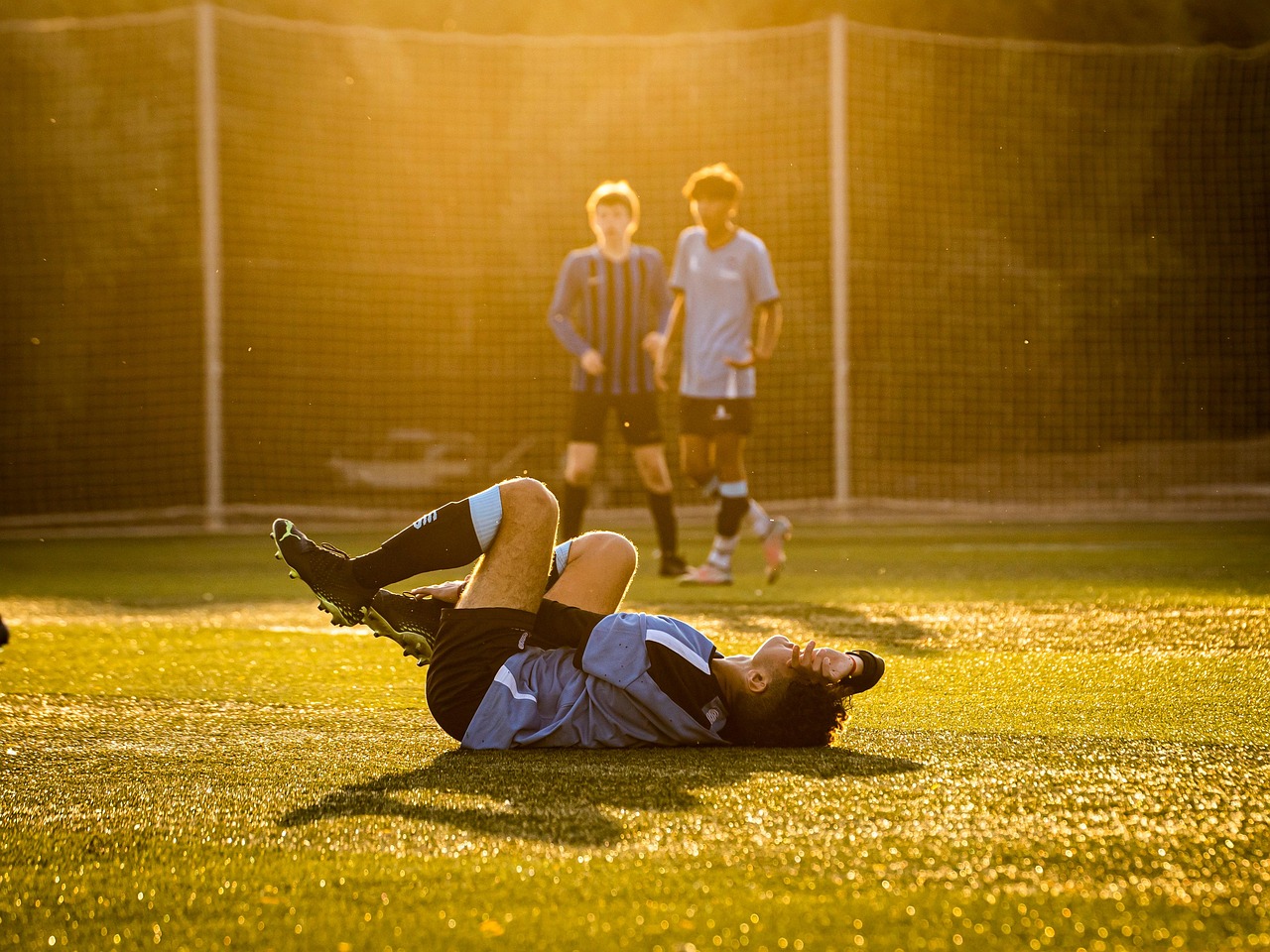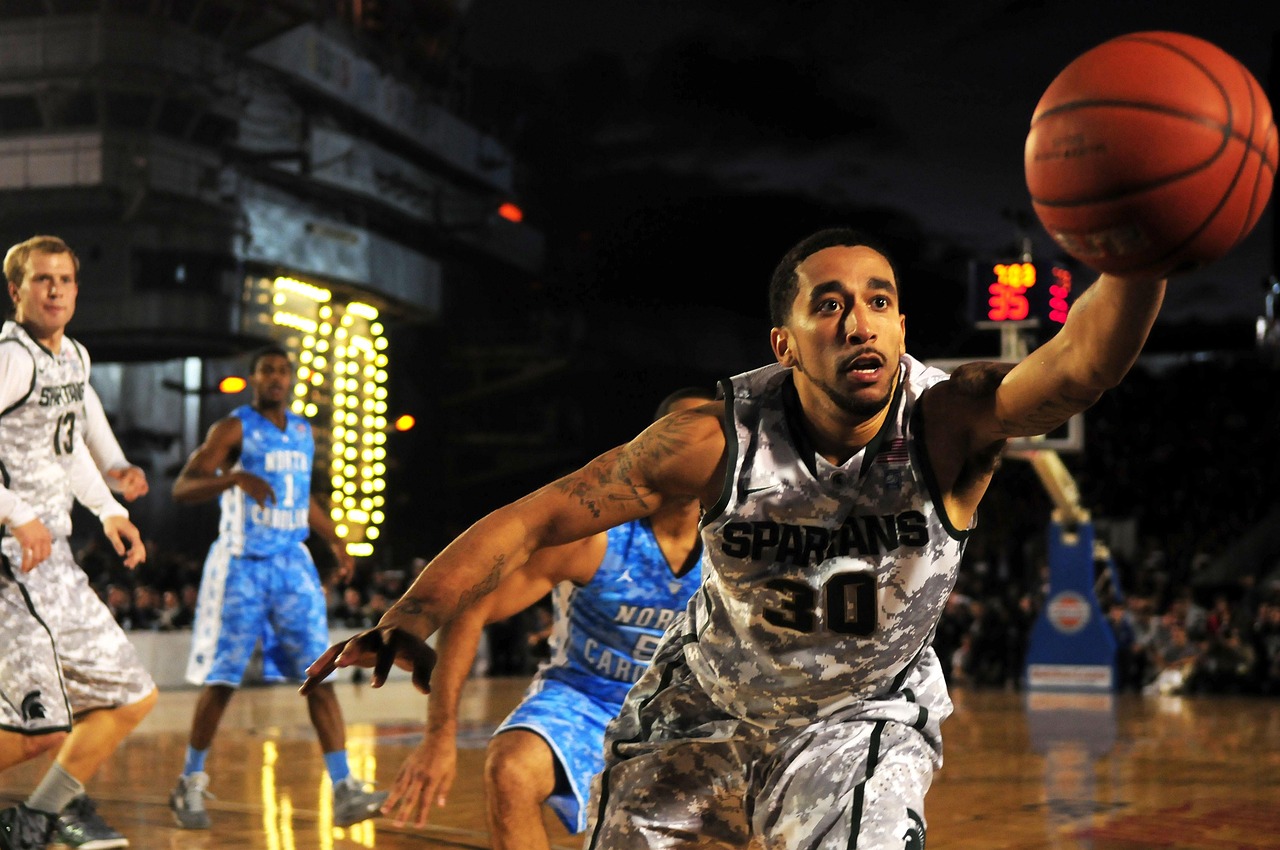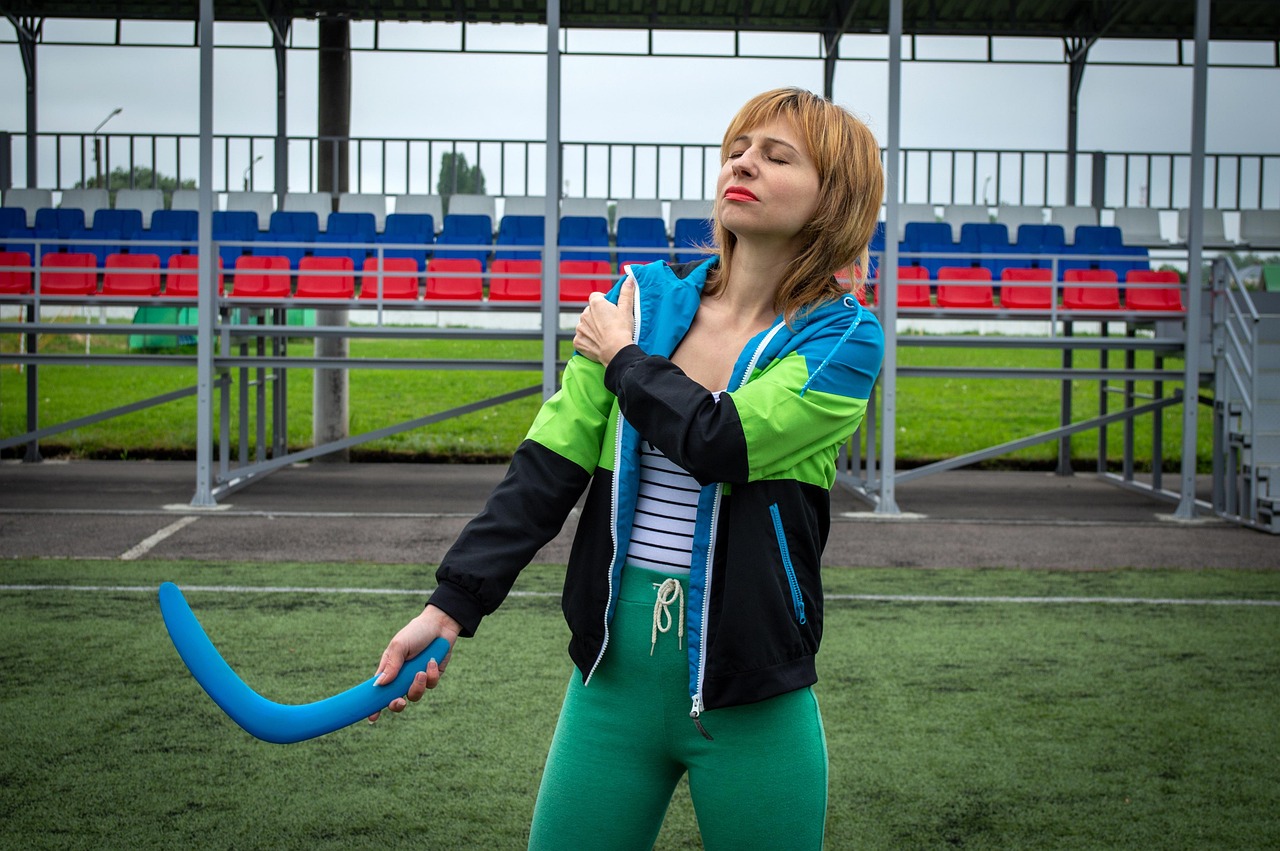
athlete development stages from rookie to pro
initial injury assessment and recovery

Injuries are a common hurdle in an athlete’s career. For instance, Matt Chapman has been sidelined since June 8 due to right hand inflammation. This phase involves understanding the injury’s severity, a process that can include medical assessments and imaging. Chapman’s situation illustrates the importance of proper diagnosis and recovery protocols. According to the American Journal of Sports Medicine, over 50% of athletes experience injuries that require recovery time, emphasizing the need for structured rehabilitation.
rehabilitation and skill refinement
Once cleared for rehabilitation, athletes must focus on regaining strength and honing their skills. Chapman recently participated in batting practice, a critical step in his recovery process. During this session, he demonstrated significant progress by hitting several balls over the center-field fence. This stage is essential; studies show that athletes who engage in focused skill training during rehabilitation recover faster and return to their pre-injury performance levels. Research from the Journal of Strength and Conditioning Research indicates that athletes who practice specific skills during rehab improve their performance metrics by up to 20%.
transition to competitive play

The next step is transitioning back to competitive play, often starting with rehab games. Chapman plans to play for Triple-A Sacramento, showcasing his readiness to return. This phase allows athletes to test their skills in a game setting, which is crucial for regaining confidence and timing. Data from the National Athletic Trainers’ Association indicates that athletes who participate in rehabilitation games have a 75% success rate in returning to their teams without further injury.
team dynamics and role adjustments

Upon returning, athletes may need to adapt to changes in team dynamics. With Chapman back, infielder Casey Schmitt is expected to shift to second base after performing well in his absence, boasting a .375 batting average with four home runs. This flexibility is vital for team strategy and success. A study published in the International Journal of Sports Science & Coaching found that teams with adaptable players perform 15% better in games.
ongoing performance evaluation

Finally, continuous performance evaluation is critical for sustained success. Managers and coaches must track players’ progress and make necessary adjustments. For Chapman, manager Bob Melvin noted his frustration with swing mechanics as a positive sign of his competitive mindset. Regular assessments can lead to improved performance metrics, as indicated by a study from the Journal of Sports Analytics, which found that teams utilizing performance data effectively improve player outcomes by up to 30%.
conclusion

The pathway from rookie to professional is filled with challenges and opportunities for growth. Athletes like Matt Chapman exemplify the dedication required to navigate injuries, refine skills, and adapt to team dynamics. By following these stages and utilizing data-driven approaches, athletes can enhance their performance and achieve their professional goals.





